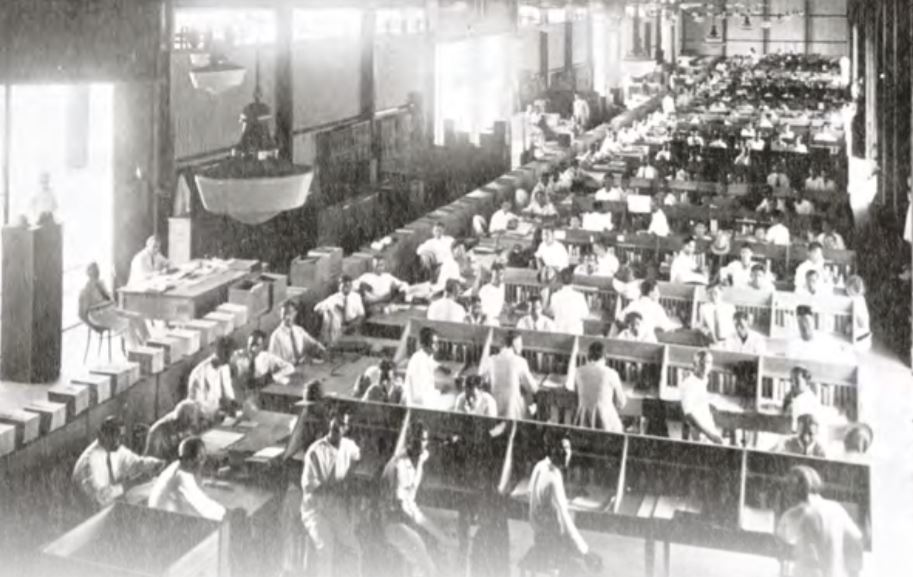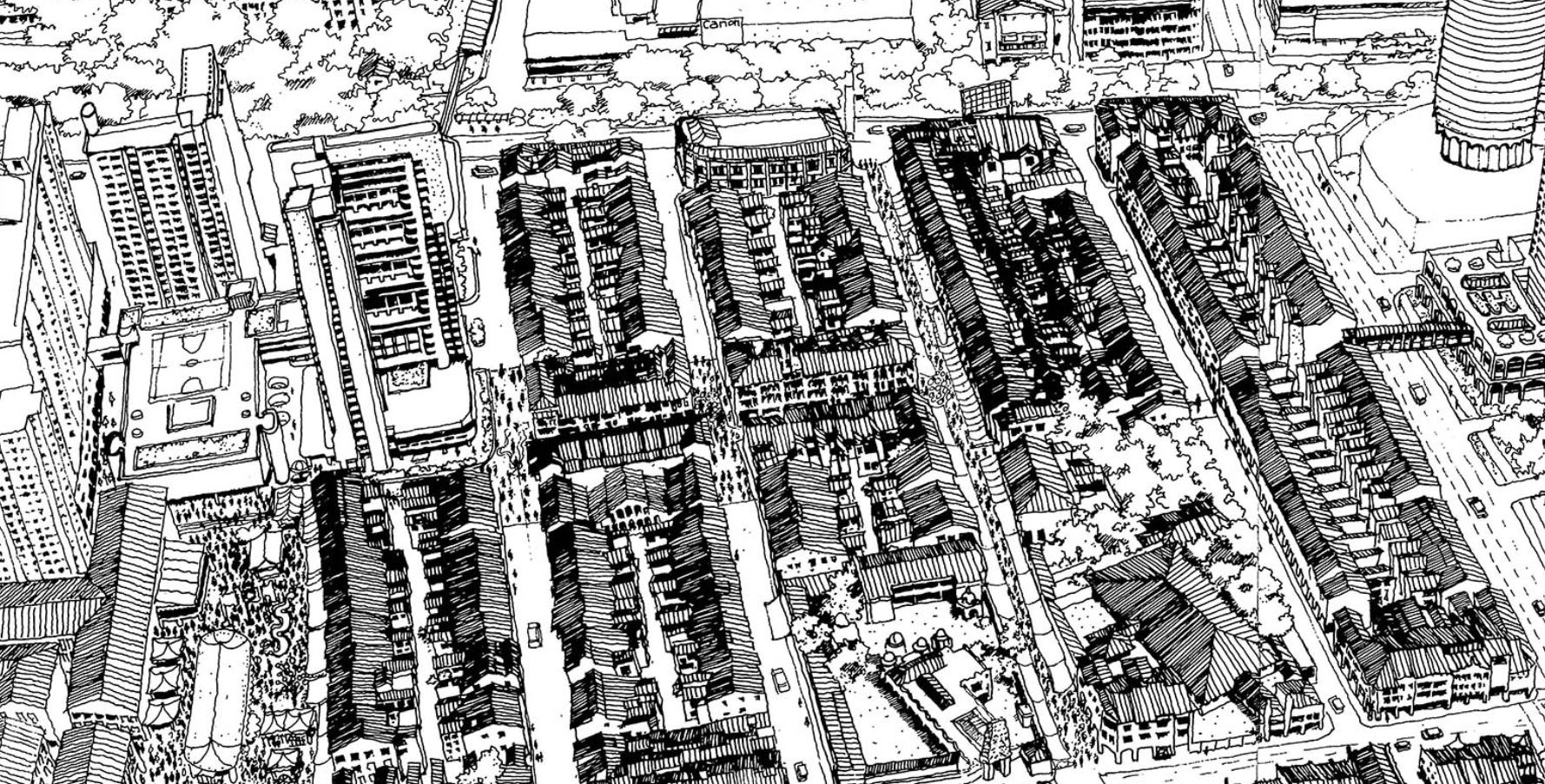Governance
Fridge Maker Freezes Stock Market
Pan-Electric Industries started out as Singapore’s fridge maker in the 1960s. Its enormous debts and subsequent collapse caused the Stock Exchange of Singapore to close for three days in 1985.

Please Fasten Your Seat Belts
How crash tests, mangled cars and grieving families drove Singapore’s battle to protect motorists’ lives.

Legal Deposit Legislation in Singapore
The legal deposit function in Singapore can be traced back to an 1835 law enacted in India to control and regulate the flow of information.

A Recent History of Legal Deposit in Singapore
The scope of legal deposit in Singapore expanded to digital materials and web archiving in 2018.
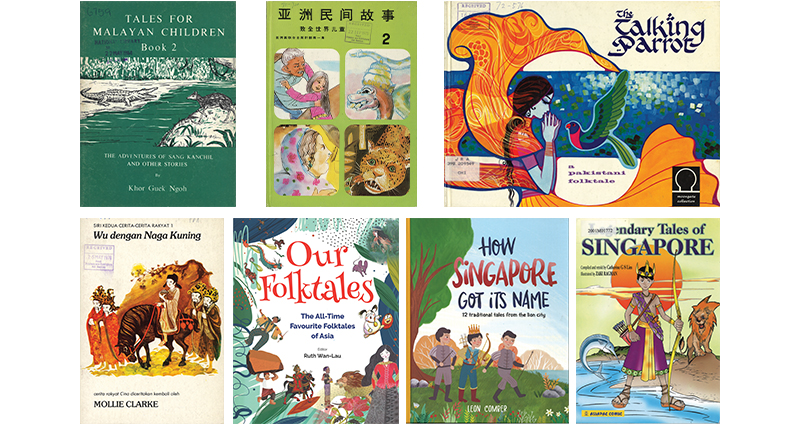
The Search for Home, Truly (and Other National Day Songs)
The effort to find songs that express a national identity goes back to the 1970s.

Providing Independent and Non-Partisan Views: The Nominated Member of Parliament Scheme
The NMP Scheme was set up to present more opportunities for Singaporeans to participate in politics. But its implementation in 1990 was not without controversy.
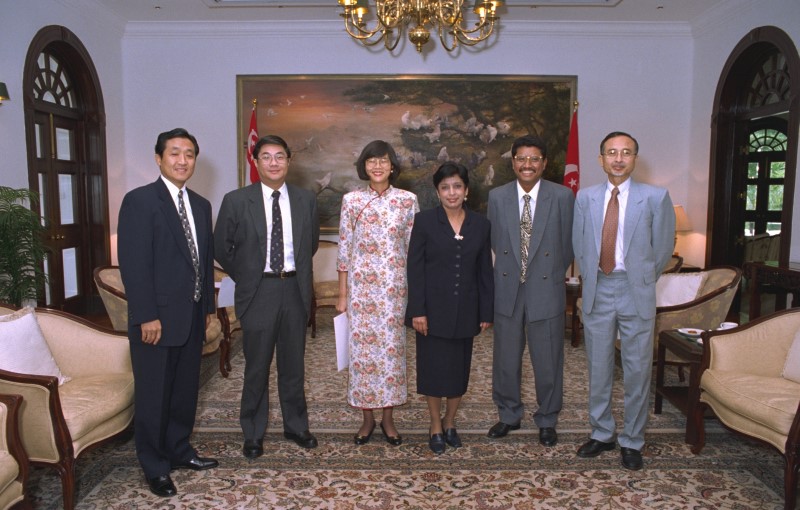
How the CPF Scheme Came to Be
If things had turned out differently, Singapore would now be using a national pension scheme instead of the Central Provident Fund scheme.

Laws of Our Land: Foundations of a New Nation
The Singapore Citizenship Ordinance (1957), the Women’s Charter (1961) and the Employment Act (1968) are three important pieces of legislation that have shaped modern Singapore.

Singapore’s Hippie Hysteria and the Ban on Long Hair
Hippie culture was seen as a risk to Singaporean society in the 1960s and 1970s, and efforts made to reduce its influence eventually led to a campaign against men with long hair.

The Bumpy Ride to Making Crash Helmets Mandatory
Crash helmets might save lives but getting people to wear them was an uphill task.

Going Against the (Rice) Grain: The “Eat More Wheat” Campaign
The call for Singaporeans to switch from eating rice to eating wheat in 1967 did not take root despite best efforts by the government.

The Early Days of Family Planning in Singapore
Singapore’s family planning programme did not start with the “Stop at Two” policy in 1972, but goes back even earlier to 1949.

Flower Power: Singapore’s Orchid Diplomacy
Singapore’s diplomatic efforts may take several forms, including naming orchid hybrids after foreign dignitaries. Rebecca Tan tells us more.

The Blossoming of Tree Planting Day
Singapore has planted more than two million trees in the past 50 years. Lim Tin Seng traces the roots of Tree Planting Day.
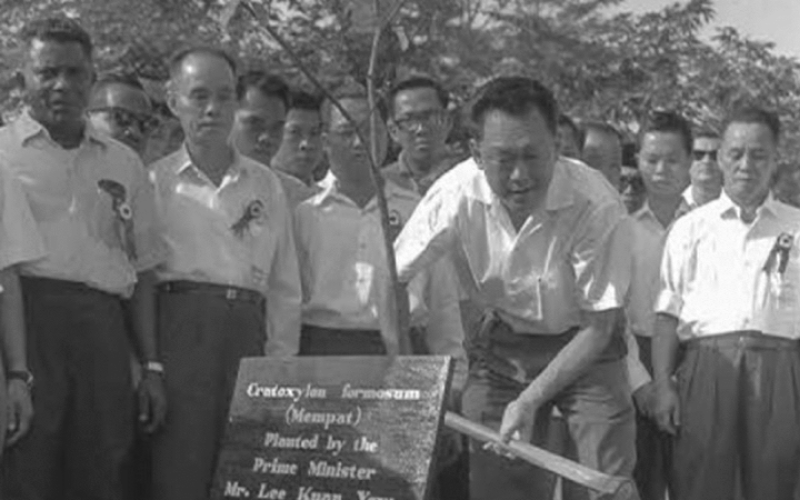
The Sticky Problem of Opium Revenue
Diana S. Kim explains how the colonial government reduced its dependence on opium taxes.

At Gunpoint: Wiping Out Illegal Firearms in Singapore
Street shootouts and armed kidnappings used to be common. Tan Chui Hua zeroes in on how these criminals were disarmed.
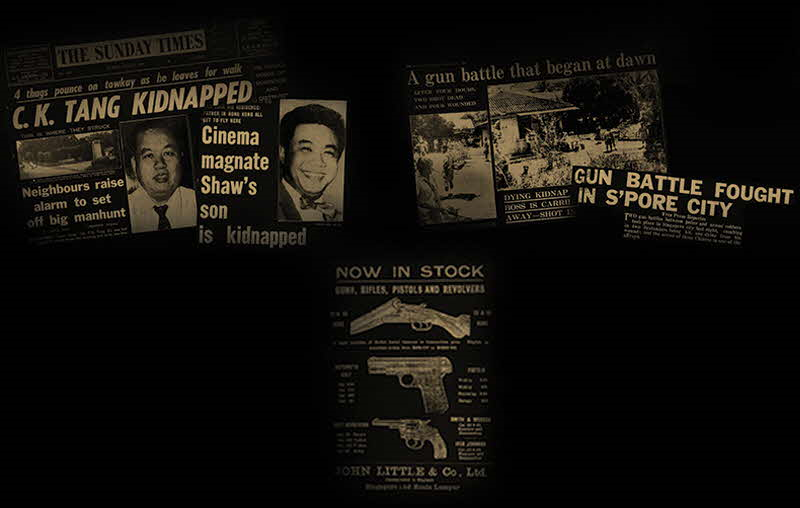
Life in a Time of COVID-19
Janice Loo explains the National Library’s crowdsourcing efforts to document the impact of the coronavirus pandemic.

An Archive of Singapore Websites: Preserving the Digital
Shereen Tay recounts the National Library’s efforts to archive Singapore-related websites.

Cloudy with a Slight Chance of Rain: Singapore’s Meteorological Service
Lim Tin Seng examines temperature and rainfall records in Singapore over the past 200 years.

Milestones to the Metric System
Shereen Tay traces how Singapore transitioned to the metric system in 10 short years.

Head Count: The History of Census-taking in Singapore
The very first census here was conducted in 1824. Ang Seow Leng reveals how doing a headcount has evolved over the last 200 years.
To Wreck or to Recreate: Giving New Life to Singapore’s Built Heritage
Nearly 70 years have passed since a committee was set up to look into the preservation of buildings and sites with historical value. Lim Tin Seng charts the journey.
“I Hasten to Beg Your Indulgence…”: When Declassifying Can Also Mean Decoding
When the National Archives embarked on the declassification initiative to unlock documents previously labelled as “secret” and “confidential” for public access, it also had to decipher what was actually written, says K.U. Menon.
Looking Back, Looking Forward
Shashi Jayakumar examines the role of the National Archives as the official custodian of government records and the people’s collective memory.

Encountering Evidence in the Archives (In Many Ways and of Many Things)
Who would have thought that obscure rainfall records from the 1960s would have a bearing on a landmark case before the International Court of Justice? Eric Chin explains the value of archival records in preserving and presenting evidence.

The Way We Were: The MITA Collection 1949–1969
Photographs can capture subtext that is sometimes more evocative than the intended subject, as Gretchen Liu discovered when she explored the early work of the Photo Unit.

Stories of the Little People
Oral history is often considered as “little” – personal accounts of humble folk, as opposed to “big” or written history on serious topics. But “little” does not mean negligible or inferior, says Cheong Suk-Wai.

Feeding the Hungry: Children in Post-War Singapore
In the aftermath of the Japanese Occupation, the colonial government set up feeding centres to address malnutrition among children in Singapore. Cheryl-Ann Low has the details.
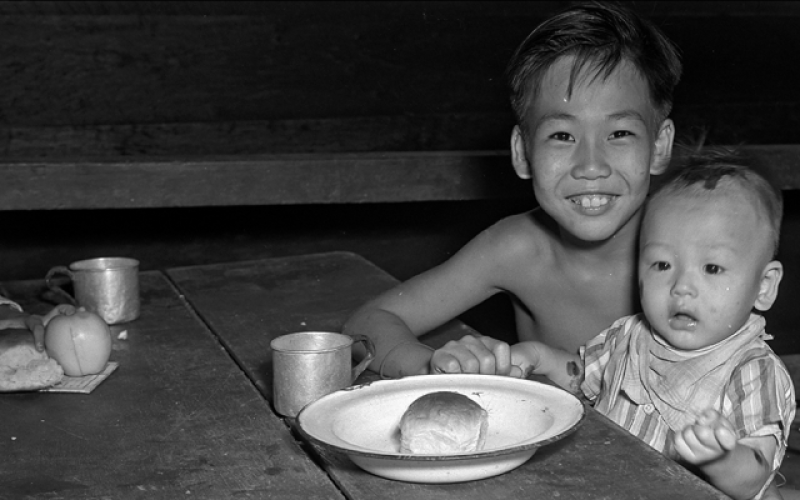
Our Home Sweet Home
Public housing is a Singapore success story, but the early years of high-rise living were sometimes a bittersweet experience. Janice Loo pores through the pages of Our Home magazine during its 17-year run.
Four Taps: The Story of Singapore Water
From a hole in the ground to running water at the turn of the tap. Lim Tin Seng tells us how far Singapore has come in its search for water.
May Singapore Flourish! Revisiting the Municipal Coat of Arms
In April 1948, the municipality of Singapore received a coat of arms by royal warrant. Mark Wong reports on the significance of this document.

The Symbolism Behind the Third Charter of Justice
This legal document – issued by the colonial government in 1855 – is an integral part of Singapore’s constitutional history. Kevin Khoo explains the significance of its elaborate borders.
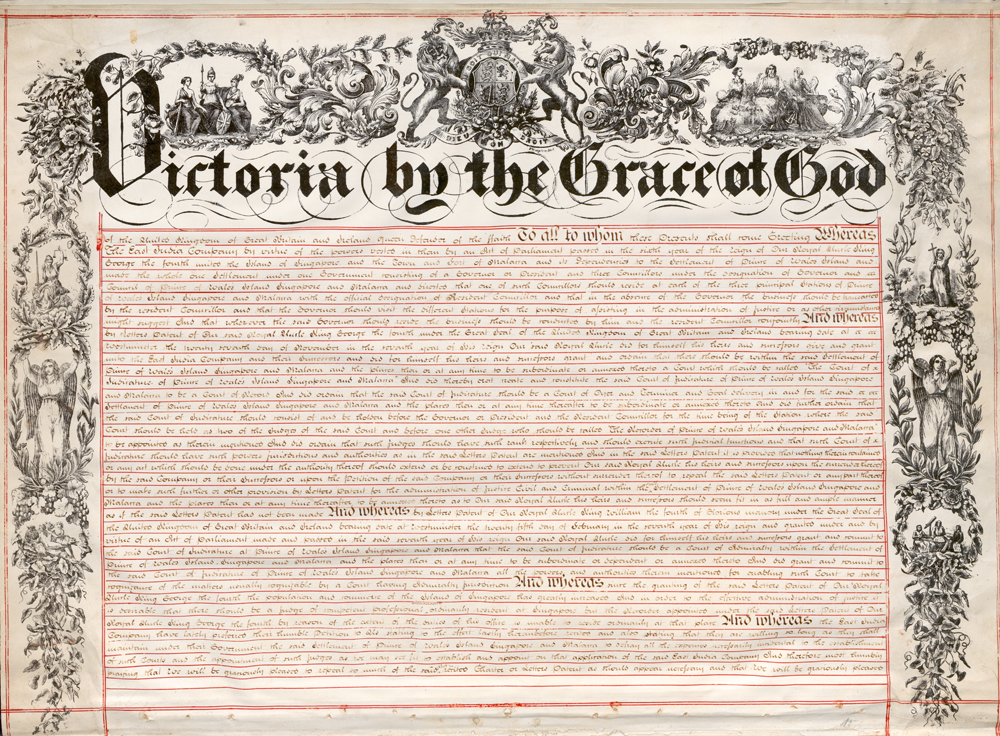
The Road to Nationalisation: Public Buses in Singapore
From as many as 11 bus companies to just one bus operator by 1973. Lee Meiyu chronicles the early turbulent days of Singapore’s bus industry.

50 Years of National Service
National Service is a rite of passage for Singaporean men when they come of age. Sharen Chua shares highlights of books on National Service in the Legal Deposit Collection.

Voices That Remain: Oral History Accounts of the Japanese Occupation
Oral history accounts of the Japanese Occupation take on added poignancy, says Mark Wong, as we mark the 75th anniversary of the Fall of Singapore.

Land From Sand: Singapore’s Reclamation Story
Thanks to land reclamation, the tiny red dot has broadened its shores substantially. Lim Tin Seng discovers just how much Singapore has grown since colonial times.

Law of the Land
A permanent exhibition on Singapore’s constitutional history – from its founding in 1819 to Independence in 1965 – opens at the National Gallery Singapore. Kevin Khoo details some of its highlights.
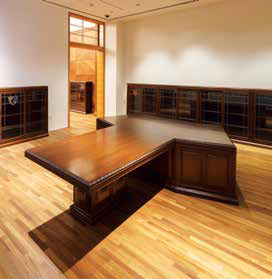
Index to Singapore Information
This useful index serves as the gateway to Singapore-related articles published in periodicals. Leong Hui Chuan and Chris Tang explain its value.

Pay It Forward: The Tamil Digital Heritage Project
Chitra Sankaran charts the history of a community-driven project that has seen the digitisation of 350 homegrown Tamil literary works.

Life Stories
The Singapore Memory Project launches a new exhibition to honour our pioneer generation at Woodlands Regional Library.

A Moving Journey: Film, Archiving and Curatorship
As the Asian Film Archive celebrates its 10th anniversary, Karen Chan takes a look back at the genesis of the organisation, the work it does and its plans for the future.

MusicSG: A Repository of Singapore’s Musical Heritage

Planning a Nation: The Concept Plan
Singapore’s towering skyscrapers and its evolving landscape is by no means accidental. Lim Tin Seng walks us through the country’s various Concept Plans, each carefully put together in response to the city’s changing needs.

Chinese Clan Associations in Singapore: Then and Now
Chinese clan associations in Singapore date back to the time of Stamford Raffles. Lee Meiyu shows us how the functions of clan associations have changed over the years according to the needs of the local Chinese community as well as changes in state policy.

From Here to Eternity: Archiving and Immortality
Kevin Khoo considers the link between memory, immortality and archiving, and what this means for the National Archives of Singapore.



